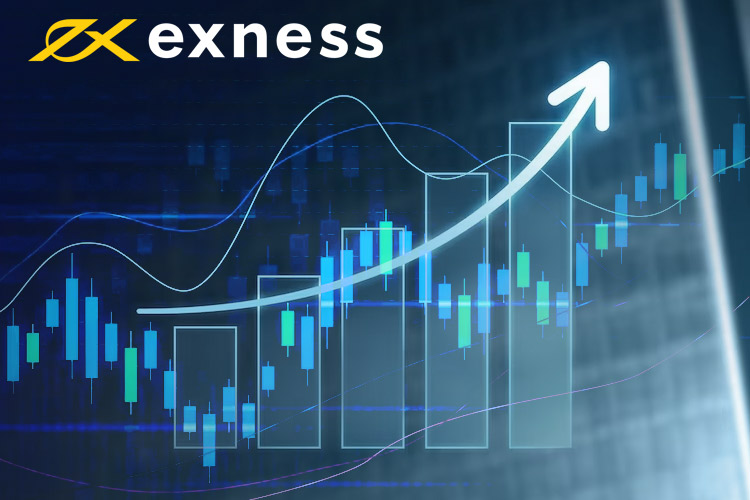
The Exness live spread is an essential concept that every trader should understand. It refers to the difference between the buying and selling price of a currency pair in real-time. Understanding how the live spread operates on platforms like exness live spread Exness MetaTrader 5 can greatly enhance a trader’s strategy and effectiveness in the financial markets. In this article, we will delve into what the live spread is, its importance, and how traders can leverage it to their advantage.
What is the Live Spread?
The live spread represents the real-time price difference between the bid price and the ask price for a particular asset. Bid price is the price at which you can sell an asset, while the ask price is the price at which you can buy. The spread can fluctuate based on market dynamics, liquidity, and volatility. Traders need to be aware of the live spread as it impacts the cost of entering and exiting trades, and ultimately, their profitability.
Types of Spreads
There are mainly two types of spreads that traders encounter: fixed spreads and variable spreads.
Fixed Spreads
Fixed spreads remain constant regardless of market conditions. This type of spread can be beneficial for traders who prefer consistency, especially during high volatility. Fixed spreads provide predictability in the costs associated with trading, allowing for better planning of trades.
Variable Spreads
Variable spreads, on the other hand, can change based on market conditions. During periods of high volatility, the spread may widen, thus increasing the cost of trading. This type of spread can benefit traders who can time their trades well, as they may encounter tighter spreads during stable market conditions.
Why is the Live Spread Important?
Understanding the live spread is crucial for several reasons:
- Cost of Trading: The spread is an inherent cost in trading. A narrower spread means a lower cost of entering a position, which can contribute to overall profitability.
- Market Sentiment: A widening spread can indicate increased market uncertainty or volatility. Traders can use this information to gauge market sentiment and adjust their strategies accordingly.
- Execution Timing: Knowing the live spread helps traders time their entries and exits better. Executing trades during tighter spreads can lead to improved outcomes.
How to Monitor the Live Spread?
Monitoring the live spread is relatively easy, especially with trading platforms like Exness MetaTrader 5. Traders can view the live spread on their trading terminal, and many platforms offer tools to analyze historical spreads for better decision-making. To keep an eye on the live spread:

- Open your trading platform.
- Select the currency pair you are interested in.
- Check the quotes section, where the bid and ask prices are displayed along with the live spread.
- Utilize any available tools for historical spread analysis.
Strategies to Trade with Live Spread
Traders can implement various strategies that take the live spread into account:
Scalping
Scalping is a popular short-term trading strategy that focuses on making small profits from minor price changes. Because scalpers execute many trades in a short time frame, they need to be particularly mindful of the spread. A lower live spread enhances profitability in scalping strategies.
Day Trading
Day traders often hold positions for several hours or even minutes. They benefit from tight spreads by opening and closing trades quickly. Real-time spread monitoring allows them to choose the best moments to execute trades while minimizing costs.
Long-Term Trading
Long-term traders typically experience less impact from live spreads because they hold positions for a longer duration. However, understanding the spread is still essential, as a wider spread can affect overall profitability, especially in times of high volatility.
Factors Affecting the Live Spread
The live spread is influenced by a variety of factors, including:
- Market Liquidity: High liquidity often results in lower spreads, while low liquidity can lead to wider spreads.
- Volatility: During volatile market conditions, spreads tend to widen as traders perceive increased risk.
- Time of Day: The forex market operates 24 hours a day, but spreads can vary significantly depending on the time of day due to the presence of market participants.
- Economic News Releases: Major economic announcements can lead to sharp price movements and wider spreads.
Conclusion
Understanding the Exness live spread is essential for effective trading. Whether employing short-term strategies like scalping or long-term approaches, being aware of the spreads helps traders manage their costs and strategies more successfully. With tools such as Exness MetaTrader 5, monitoring and analyzing spreads has never been easier. Always stay informed and adapt your trading choices based on the live spread to enhance your trading success.

Son Yorumlar